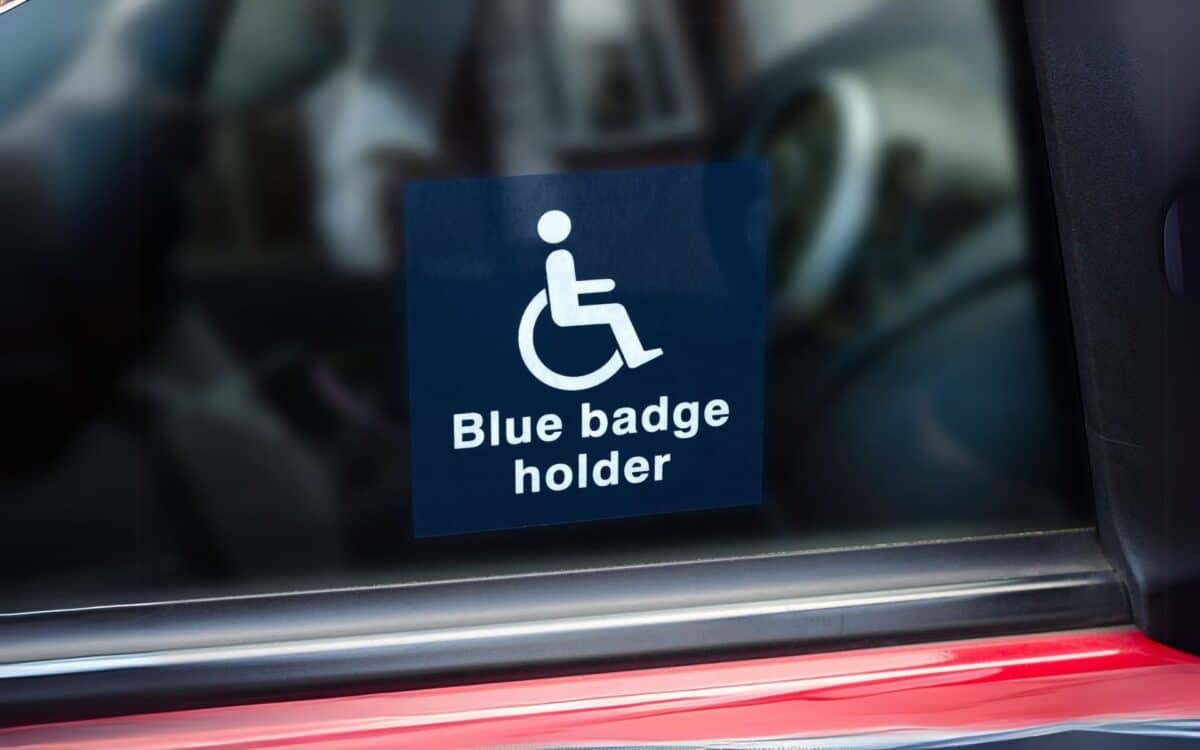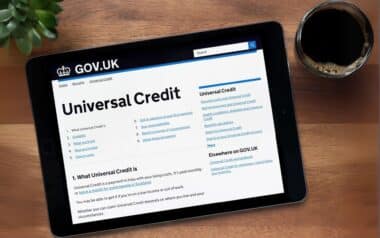A Blue Badge offers vital parking privileges for people with disabilities, enabling easier access to destinations and potentially providing financial savings. The scheme is specifically designed to reduce the barriers faced by individuals with serious mobility challenges when accessing everyday locations such as shops, hospitals, and workplaces.
According to information reported by Manchester Evening News, the program also provides considerable flexibility by allowing badge holders to use the permit across different vehicles, including taxis and hire cars, as long as the holder is present.
Eligibility criteria for a Blue Badge are clearly defined and managed by local councils across England, Scotland, Wales, and Northern Ireland, ensuring fair and consistent access to this support.
Understanding Automatic Qualification
Certain individuals automatically qualify for a Blue Badge without the need for an extensive assessment.
This applies if they meet one or more specific conditions, such as receiving the higher rate of the mobility component of Disability Living Allowance (DLA), scoring 8 points or more under the ‘moving around’ activity of Personal Independence Payment (PIP),
being registered blind (severely sight impaired), receiving a War Pensioners’ Mobility Supplement, or having been awarded a lump sum under the Armed Forces Compensation Scheme with a permanent and substantial disability.
Applicants must provide supporting evidence during the application process to confirm their eligibility.
Qualifying Through Assessment
Individuals who do not automatically qualify may still be eligible after an assessment if one or more of the following conditions apply:
“You could still receive a Blue Badge once you undergo an assessment if one or more of the following apply:
- you find walking very difficult due to pain, breathlessness or the time it takes
- you cannot walk at all
- you struggle severely to plan or follow a journey
- you have a severe disability in both arms and drive regularly, but cannot operate pay-and-display parking machines
- walking is dangerous to your health and safety
- you have a child under the age of 3 with a medical condition that means the child always needs to be accompanied by bulky medical equipment
- you frequently become extremely anxious or fearful of public/open spaces
- you find it difficult or impossible to control your actions and lack awareness of the impact you could have on others
- you have a child under the age of 3 with a medical condition that means the child must always be kept near a vehicle in case they need emergency medical treatment
- you are constantly a significant risk to yourself or others near vehicles, in traffic or car parks
- you have a life limiting illness, which means you cannot walk or find walking very difficult and have a SR1 form
- you regularly have intense and overwhelming responses to situations, causing temporary loss of behavioural control
- you cannot walk without help from someone else or using mobility aids.
The assessment typically involves a review of submitted evidence and may include an in-person evaluation.
Applying for a Blue Badge
In England, Scotland, and Wales, applicants can apply online through the GOV.UK portal. For Northern Ireland, a different application process applies.
Applicants need to provide a recent digital photograph showing their head and shoulders, proof of identity such as a birth certificate, passport, or driving licence, proof of address such as a Council Tax bill or government letter, proof of benefits if applicable, and their National Insurance number if available.
They can also save their application online and return to complete it later if necessary.
How payment is made depends on the applicant’s local council. Fees are set at up to £10 in England, £20 in Scotland, and are free in Wales. A Blue Badge usually lasts up to three years. Before expiration, holders must reapply to renew their badge.
If a Blue Badge is lost, stolen, or damaged and is not due to expire within the next three months, the replacement request must be processed through a different service. Councils provide guidance for such cases to ensure minimal disruption to users.
Council Decision and Reconsideration
Local councils usually make a decision within up to 12 weeks. If an application is refused, the council must explain the reasons. Applicants can request a reconsideration if they believe not all information was properly considered. They may also reapply if their mobility needs worsen over time.
The Blue Badge offers several important advantages. It allows use of designated disabled parking bays, permits parking on double yellow lines where it is safe and does not cause an obstruction, and offers free or discounted parking in many locations.
Furthermore, the badge can be used in any vehicle the holder is travelling in, including taxis, providing greater flexibility. Practical support is also available for parents of children under three with serious medical needs, ensuring that families can access vital services with fewer obstacles.








